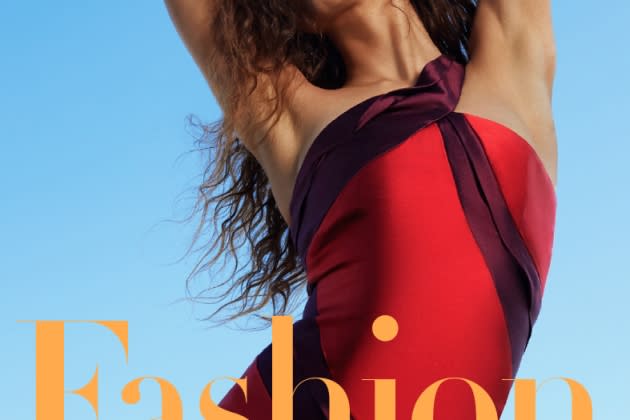The Monthly Fashion Magazine Is No More

In another sign of the struggles glossy print magazines are facing, there are now no major monthly women’s fashion magazines in the U.S.
Before the global coronavirus pandemic struck about two years ago, Vogue, Elle, InStyle, Cosmopolitan and WSJ., the luxury fashion insert of The Wall Street Journal, each published 12 issues a year in 2019.
More from WWD
Since then, all have cut back on print frequency as COVID-19 added more pressure to an already struggling market with ad dollars increasingly moving online.
WWD’s research found that Vogue, Condé Nast’s longtime cash cow run by Anna Wintour, is now down to 11 issues a year, Hearst’s Elle 10 issues a year, WSJ. eight issues a year, while Cosmopolitan, another Hearst title, has revealed that it will print eight-themed issues a year, each dedicated to a different subject and numbered rather than tied to a specific month.
Most recently, InStyle’s new owner Dotdash Meredith recently that title’s 27-year-long print run, with chief executive officer Neil Vogel stating at the time: “It is not news to anyone that there has been a pronounced shift in readership and advertising from print to digital, and as a result, for a few important brands, print is no longer serving the brand’s core purpose. As such, we are going to move to a digital-only future for these brands, which will help us to unlock their full potential.”
Up until that point, InStyle was the last women’s fashion magazine in the U.S. still publishing 12 issues a year, even during 2020 when producing shoots and obtaining items from designers were extremely difficult in certain months.
Other magazines that have gone down in issues include O, The Oprah Magazine; W; Allure; Elle Decor; Esquire; GQ; Good Housekeeping; Vanity Fair and Marie Claire.
The latter’s new owner, U.K.-based and publicly listed Future plc, told WWD that it will still publish two issues a year, in May and September, the latter being the most crucial month of the year for magazine publishers as they seek to grab ad dollars. But even before the sale, Hearst quietly reduced Marie Claire’s print frequency from 11 issues to just seven in 2020.
Hearst’s Harper’s Bazaar, meanwhile, dipped to nine issues in 2020, but is now back at 10.
According to the Alliance for Audited Media, which tracks the performance of such publications, Vogue, Cosmopolitan, Harper’s Bazaar, Vanity Fair, Elle and InStyle all saw readers of their print magazine or online magazine editions decline to varying degrees in 2021, compared to 2020. With a drop of 22 percent, Cosmopolitan had the biggest fall, followed by InStyle which was down almost 18 percent.
Nevertheless, InStyle, which was until recently run by editor in chief Laura Brown (she left when the print edition was killed), had the greatest total audience increase thanks to a 71 percent gain in mobile traffic and 131 percent rise in views of its videos, perhaps helping to explain Dotdash Meredith’s decision to make it digital only.
Elle’s total audience was up 2 percent. In the other direction, Cosmo’s total audience was down 14.2 percent, Harper’s Bazaar 1.5 percent, Vanity Fair 17.4 percent and Vogue 0.6 percent.
FOR MORE, SEE:
The City of New York Brings Legal Action Against L’Officiel USA for Failing to Pay Freelancers
Marie Claire Isn’t Completely Done With Print
What’s Going On With Celine and Vogue?
Ken Downing Joins Hearst Magazines as It Prepares to Launch Luxury E-commerce Marketplace

 money
money 